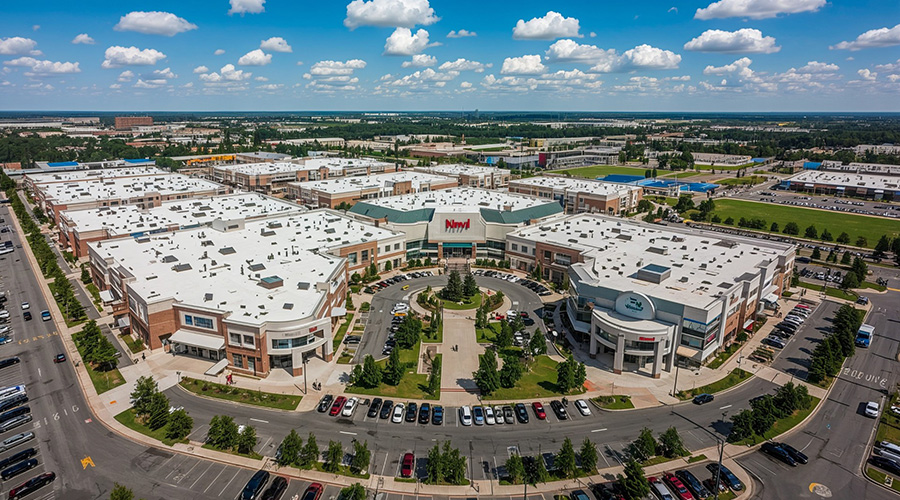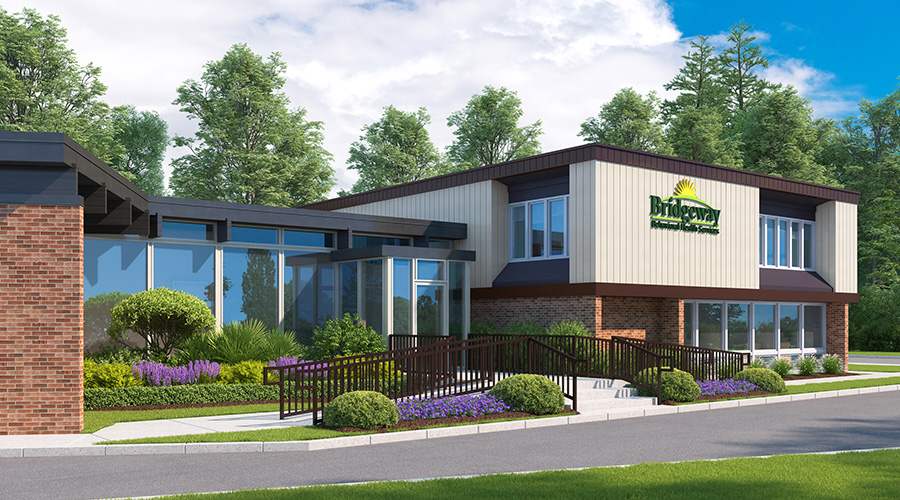Advancements in building system technologies and operating practices have driven substantial improvements in energy efficiency over the last several decades, according to an article on the Medical Construction & Design magazine website. The energy intensity of commercial buildings has gone down by about 8.5 percent since the 1980s, according to the U.S. Department of Energy.
Through effective energy management, hospitals can balance the energy intensity and utility spend with the need for high environmental quality to improve patient outcomes and reduce potential secondary infections, the article said. Many hospitals are adopting high-performance building technologies and operating practices, along with advanced service models when launching new building projects or renovating existing facilities.
High-performance buildings use 20-30 percent less energy and cost as much as 50 percent less to operate than conventionally equipped and operated buildings, according to the U.S. Green Building Council. Plus, the Center for Health Design has found that clinical outcomes improve in healthcare facilities where temperature, humidity and indoor air quality are effectively managed, according to the article.
Advanced technology enables healthcare organizations to improve the energy performance of their buildings. Today’s advanced building automation system technology shares data with utilities and lets healthcare organizations take advantage of the best available rates and comply with demand-response requirements, the article said. Modern building automation systems operate on web-based platforms and use reliable, high-speed Internet connections that enable facility teams and service partners to access heating, ventilation and air conditioning and other building systems anytime from any location.
Read the article.

 Healthcare Is the New Retail
Healthcare Is the New Retail Bridgeway Behavioral Health Services Launches Campaign to Renovate Health Center
Bridgeway Behavioral Health Services Launches Campaign to Renovate Health Center Ground Broken for New North Dakota State Hospital
Ground Broken for New North Dakota State Hospital AI Usage for Healthcare Facilities
AI Usage for Healthcare Facilities Ground Broken on Pelican Valley Senior Living Modernization Project
Ground Broken on Pelican Valley Senior Living Modernization Project